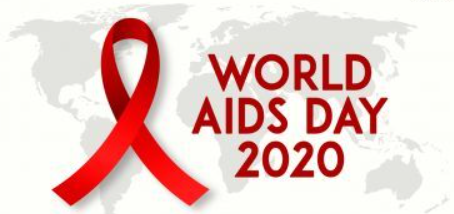
World Aids Day

This year the World Aid Day focuses on Global Solidarity, shared responsibility because of the worldwide impact of the Covid-19 pandemic.
The fight against HIV and Aids was first observed in 1988, World AIDS Day shows support for people living with HIV, along with remembering those who died from an AIDS-related sickness and observed by all members of the United Nations.
The first case of HIV was reported in 1981, and as initially common among gay men, and according to the World Aids Website, there are currently 38 million people worldwide who have the virus and over 35 million people have died from HIV or AIDS. HIV can be contracted through the transmission of bodily fluids. When human contracts HIV (Human Immunodeficiency Virus), they become HIV positive, and unlike other viruses, this one never goes away. If untreated the HIV can lead to AIDS (Acquired Immune Deficiency Syndrome) leaving someone diagnosed with it vulnerable to other diseases such as cancer.
However, with treatment, people living with HIV can live a long and healthy life.
HIV is not transmitted through touch or any other physical contact like kissing, hugging, sharing food and there is no cure for HIV whereas through treatment one can live longer. HIV is not associated with any specific community, sexual orientation.
The red ribbon is the universal symbol for the epidemic in 1991.
